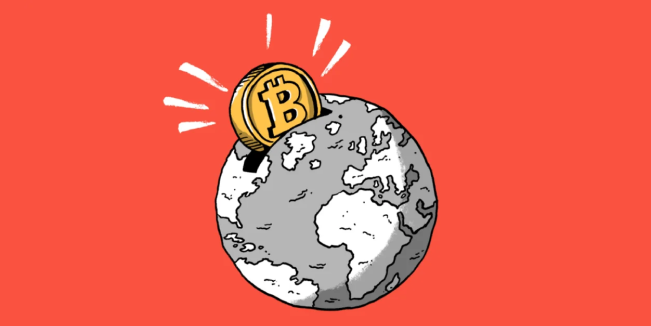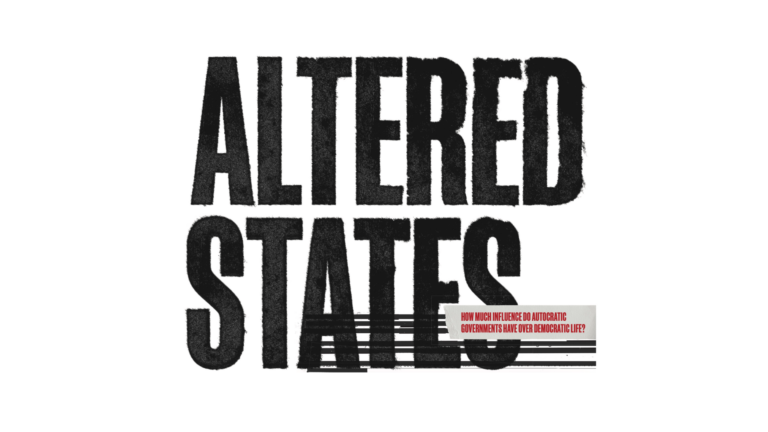Today’s humanitarian aid model is fundamentally broken. Whether you’re a foundation making a donation to a nonprofit abroad, a government distributing aid to another government, or an individual sending emergency funds to family members across borders, your money only gets to where it needs to go after passing through intermediaries. Even in the simplest payment scenario, there’s your bank; a coordination network; and the aid recipient’s bank. But often, there are even more middlemen, with money moving along complex chains of third parties.
Such a system has obvious flaws. One is that each intermediary between you and the person or organization you are trying to help can delay, surveil, censor or steal your funds. In 2012, the UN’s then-secretary general Ban Ki-moon said that “corruption prevented 30% of all development assistance from reaching its final destination.”







